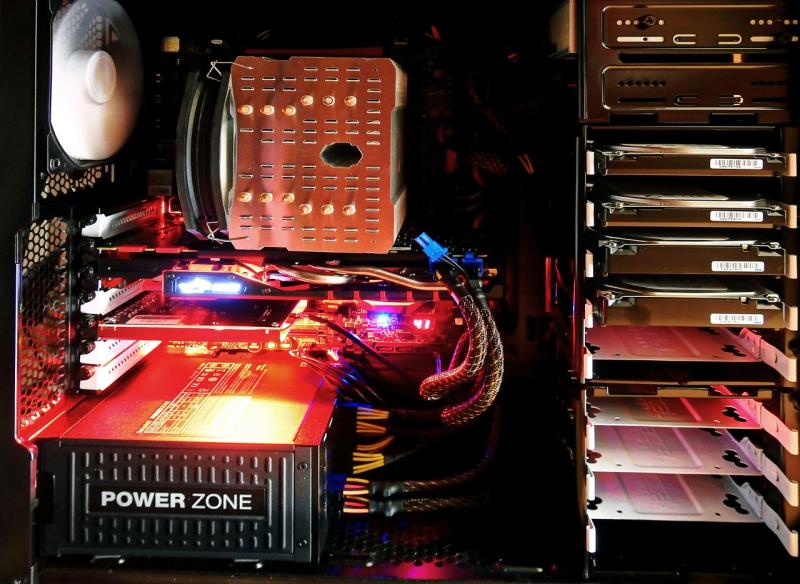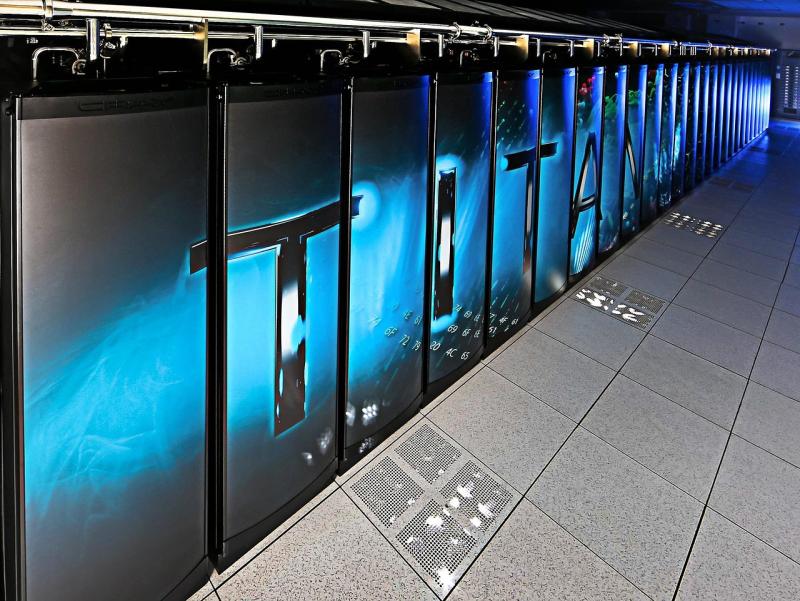**Networking Gear: Building the Infrastructure of Connectivity**
In the era of interconnected devices and global communication, networking gear plays a critical role in enabling the seamless exchange of data. From homes to businesses and data centers, the devices that form the backbone of networks are indispensable for ensuring efficient, reliable, and secure connectivity. This essay explores the different types of networking gear, their functions, and their impact on modern technology and society.
---
### **What is Networking Gear?**
Networking gear refers to the hardware components that facilitate the creation, management, and operation of computer networks. These devices enable communication between systems, whether within a small home network or across vast international infrastructures such as the Internet. Networking gear serves essential functions, including routing, data transmission, signal boosting, and traffic management.
---
### **Types of Networking Gear**
Networking gear can be classified based on its function and scope. Some of the most common types include:
1. **Routers**
Routers are critical devices that direct data packets between networks. They connect local devices to external networks, such as the Internet, and determine the best path for data transmission. Home users rely on routers for Internet access, while businesses use advanced enterprise routers for managing complex network architectures.
2. **Switches**
Switches operate at the local level, connecting devices like computers, printers, and servers within a network. They use packet switching to transmit data directly between the sender and recipient, reducing collisions and optimizing bandwidth usage.
3. **Access Points (APs)**
Access points provide wireless connectivity to devices within a network by creating Wi-Fi hotspots. They are crucial for extending network coverage in homes, offices, and public spaces.
4. **Modems**
Modems act as a gateway between a home or business network and an Internet Service Provider (ISP). They convert digital data into analog signals for transmission and vice versa.
5. **Firewalls**
Firewalls are security devices that monitor and control incoming and outgoing network traffic based on predefined rules. They protect networks from unauthorized access, malware, and other cyber threats.
6. **Network Interface Cards (NICs)**
NICs are hardware components within devices that enable them to connect to a network. They can be wired or wireless and are essential for communication between devices.
7. **Repeaters, Hubs, and Extenders**
These devices amplify or extend network signals to overcome physical distance limitations, ensuring consistent connectivity across large areas.
8. **Data Center Equipment**
Advanced gear such as load balancers, core switches, and storage area networks (SANs) are used in data centers to manage high-volume traffic and ensure uninterrupted service.
---
### **Key Functions of Networking Gear**
1. **Data Transmission**
Networking gear facilitates the transfer of data between devices and networks, ensuring timely and accurate communication.
2. **Traffic Management**
Devices like routers and switches prioritize and direct data packets to optimize network performance and reduce congestion.
3. **Security**
Firewalls, intrusion detection systems, and secure routers protect sensitive data and prevent unauthorized access to networks.
4. **Scalability**
Modern networking gear is designed to accommodate growing data demands and expanding networks, making it suitable for dynamic environments.
5. **Connectivity**
From homes to enterprises, networking gear ensures that devices remain connected, enabling collaboration, communication, and productivity.
---
### **Impact of Networking Gear**
1. **Empowering Businesses**
Networking gear forms the foundation of business operations, enabling seamless communication, cloud computing, and e-commerce. Advanced networks drive productivity and innovation, connecting employees, customers, and partners across the globe.
2. **Enhancing Homes**
Home networks powered by routers, switches, and access points enable Internet access, smart home devices, and entertainment systems. Reliable networking gear supports remote work, online education, and leisure activities.
3. **Driving Innovation**
Technologies like 5G, IoT (Internet of Things), and edge computing rely on robust networking gear for connectivity. These technologies are revolutionizing industries such as healthcare, manufacturing, and transportation.
4. **Global Connectivity**
Networking gear powers the Internet, which connects billions of devices and individuals worldwide. It fosters communication, knowledge sharing, and cultural exchange on an unprecedented scale.
---
### **Challenges and Considerations**
While networking gear has transformed connectivity, it also presents challenges:
- **Cost**: High-performance networking gear can be expensive, especially for small businesses and individuals.
- **Complexity**: Setting up and managing networks requires technical expertise, particularly for large-scale or secure systems.
- **Cybersecurity Risks**: The increasing sophistication of cyber threats demands constant vigilance and upgrades to networking gear.
- **Environmental Impact**: The production and energy consumption of networking gear contribute to environmental concerns, prompting efforts toward more sustainable designs.
---
### **The Future of Networking Gear**
As technology evolves, networking gear is becoming smarter, faster, and more energy-efficient. Innovations such as Wi-Fi 6, quantum networking, and AI-driven network management are pushing the boundaries of connectivity. Additionally, the rise of green networking initiatives aims to reduce the environmental footprint of networking gear through energy-efficient designs and materials.
---
### **Conclusion**
Networking gear is the backbone of modern connectivity, enabling seamless communication and driving technological advancements across all sectors. From simple home networks to complex global infrastructures, these devices play a vital role in our increasingly digital lives. As the demand for connectivity continues to grow, the development of smarter, more secure, and sustainable networking gear will ensure that the world remains connected, productive, and innovative for years to come.
View our related products
See more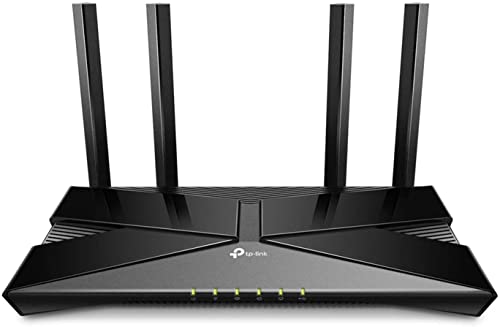
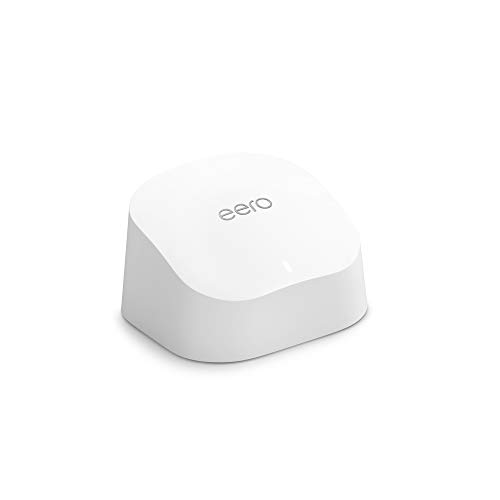
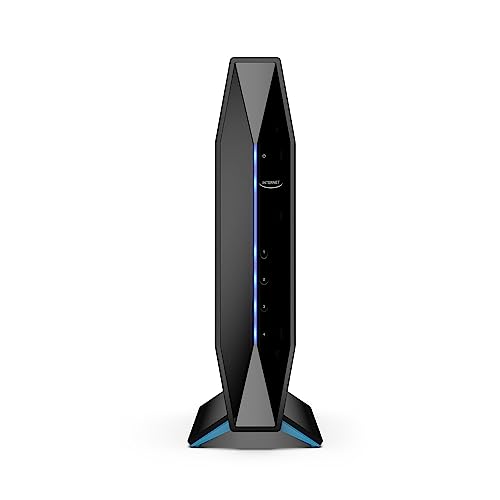
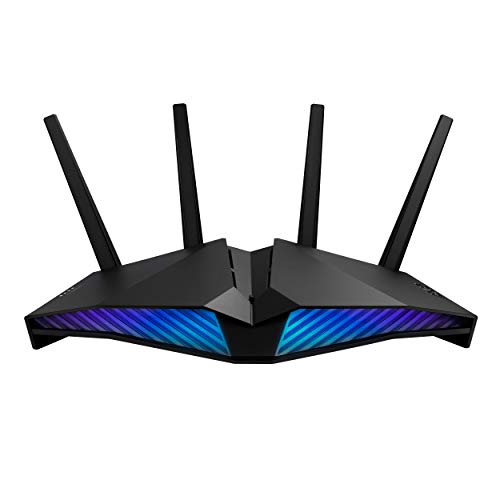
ASUS AX5400 RGB Gaming Router
Asus
Product Review Score
4.75 out of 5 stars
174 reviews$199.99 $171.09
*Networking Gear: Building the Infrastructure of Connectivity*
In the era of interconnected devices and global communication, networking gear plays a critical role in enabling the seamless exchange of data
Related Articles
Essential High-Performance PC Components You Need Now
Upgrade your setup with the must-have parts for unbeatable gaming and productivity
Top Picks for Best High-Performance PCs
Find the perfect power machine for gaming, work, or creative projects
Your Guide to the Best High-Performance PCs
Find the Right PC for Your Gaming and Creative Needs
View our related products
See more



ASUS AX5400 RGB Gaming Router
Asus
Product Review Score
4.75 out of 5 stars
174 reviews$199.99 $171.09
